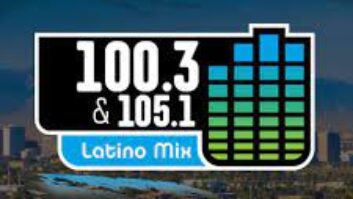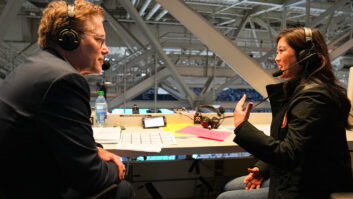“This is not a show stopper, this is how to best proceed with the show.” The IBOC show, that is.
That’s how one RF manufacturer characterized news that Ibiquity’s PAC codec is not ready for prime time – at least in the minds of the DAB Subcommittee of the National Radio Systems Committee.
The wise reader will pay close attention to this debate. It isn’t just a discussion of bad audio, something only engineers might notice. We’re talking about the future of our industry.
Sources told us that, in a private Ibiquity codec demonstration, conducted at NPR in May, PAC sounded annoying and artificial on AM talk content.
And when people like Charles Morgan, Milford Smith, Donald Messer and Paul Feinberg cite “growing concerns over the audio quality of Ibiquity’s low bit-rate codec” – as they did in the NRSC group’s memo – they’re saying AM digital radio with PAC doesn’t sound good.
Doesn’t sound good is not the formula for future success in radio. Doesn’t sound good is a long way from “measurably better performance than analog” – one of the main benefits touted by IBOC fans for years. Remember? “FM will sound like near-CD quality, and AM will sound like FM, at least.”
One might reply, “Well, who’s going to notice in the car, anyway?” But we don’t want to have to launch the radio industry’s digital transition with an apologetic manner.
To be fair, Ibiquity has been working on improvements to PAC for quite a while. But the news that the steering committee of the DAB Subcommittee of the NRSC doesn’t see the point in continuing standards-setting activities until Ibiquity resolves PAC’s performance on AM at low bit rates was a sad development for digital radio fans, in particular for the roughly 4,000 commercial AMs in the United States. They’ve been waiting a long time to compete on a more even playing field with FM.
While this latest step may not be a “show stopper,” it represents an unexpected and unwelcome pause in the IBOC rollout, one with implications for Ibiquity, for every equipment manufacturer on the transmission and receive ends of the technology, and for radio stations and groups that have begun to commit.
While the industry (including Radio World) has been saying “Get it done” to Ibiquity for a long time, many industry voices, some quiet, some not, have expressed concerns over digital radio’s audio quality on AM. But only one body other than the FCC is really in a position to do anything about it.
Our industry’s audio product is in the hands of the NRSC. We applaud it for doing what it’s supposed to do – determine whether this new technology, or any other, delivers our product properly.
The key for Ibiquity now is to get a handle on what “better” means and get it done, as quickly as possible.
Perhaps the receiver rollout is blown for 2004. Maybe not. But better to fix this now, than wait to dump a problem in the laps of receiver makers and consumers.
We urge Ibiquity to be as forthright and as open as possible with the industry as it seeks solutions to this problem.












